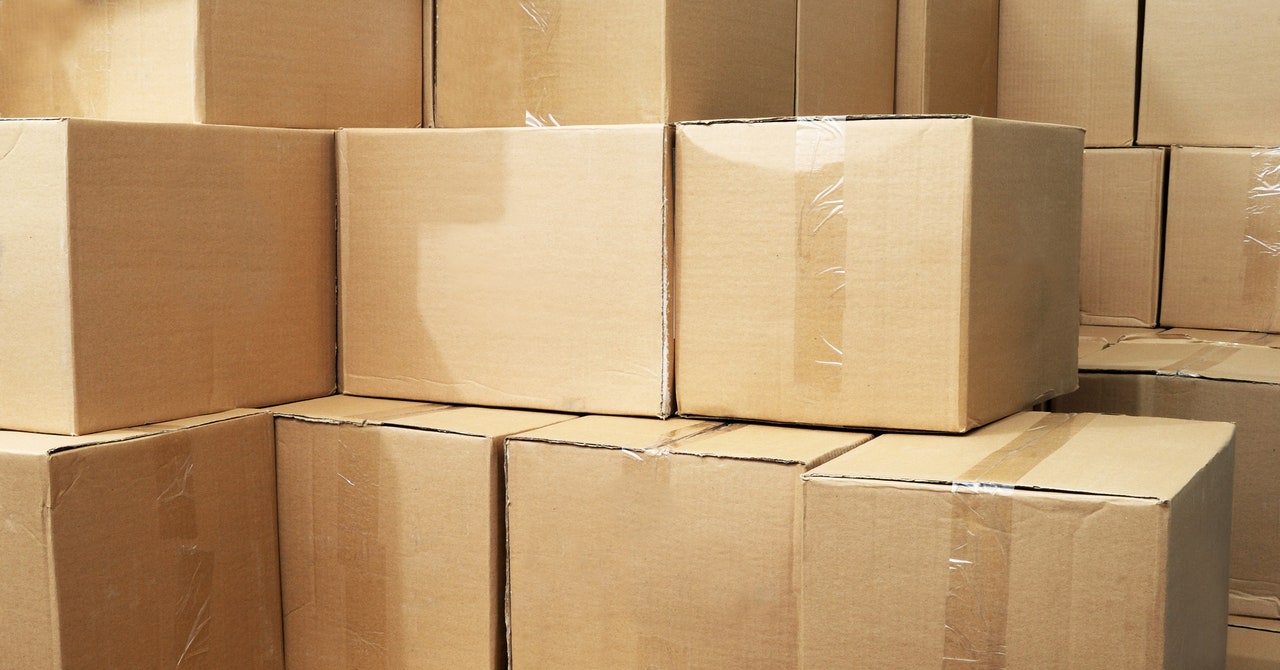After the famine, the flood. The past two years have been ravaged by inventory shortages — with just-in-time retailers struggling to ship their goods, electronics manufacturers staring at computer chip shortages and supermarkets struggling to fill their shelves. Now some retailers are grappling with the opposite problem: a deluge of stuff that no one wants to buy.
Some of the largest retailers in the United States have nearly $45 billion in excess inventory, according to Bloomberg, up 26 percent from a year earlier. That’s due to retailers scrambling to avoid the shortages that marked the start of the pandemic and then failing to anticipate a slowdown in consumer goods spending as the world opened up. Now, in an effort to shift volumes and limit losses, companies like Target, Gap and Walmart are relying on hefty price cuts.
Many retailers are dealing with the problem Amazon faced in its recent first quarter results: When they came out shocked when Covid hit, they had plans for increased demand that just didn’t materialize. For Amazon, that meant an excess of empty warehouse space. For others, it’s the opposite problem: too much stuff and not enough space to store or sell it.
Costco has a backlog of Christmas-themed items that haven’t arrived in time for the final festive season and plans to put them on shelves this year, but the prices of other items, including the big screen TVs that are popular during the lockdown. , are likely to rise tumble. Meanwhile, those pajamas to which countless column inches were devoted in the early stages of the pandemic are now likely to be heavily discounted, alongside other casual wear in vogue during the lockdown.
“It really starts with the pandemic,” said Lisa Ellram, a distinguished professor of supply chain management at Miami University, Ohio. “Retailers didn’t know what to do.” Between February and March 2020, U.S. retail sales fell 9 percent, followed by another 15 percent a month later. But by June 2020, retail sales had returned to pre-pandemic levels and has continued to rise since then. “It was going really well — and they couldn’t keep up with the demand, because people had stopped buying things, and all of a sudden people wanted things,” Ellram says. “There were all these strange and unexpected shifts in demand that caught a lot of companies off guard.”
Those shifts in demand have coincided with some of the worst supply chain disruptions in recent history. “People had purchasing power and couldn’t buy many of the services they normally use, so they bought goods,” says Marc Levinson, author of two books on shipping containers. Levinson was one of them: He bought a bank and then waited nine months for delivery as Covid outbreaks closed Chinese ports and the Suez Canal, through which 12 percent of world trade passes, was blocked by a very large boat.
As delays and disruptions were the norm, companies sought to avoid future shortages by over-buying and stockpiling locally rather than relying on the increasingly broken just-in-time supply chain. Others have spent a lot of money to completely recreate the supply chain. For example, Intel has said it will build a $20 billion chip factory in Ohio to reduce supply chain shortages.

